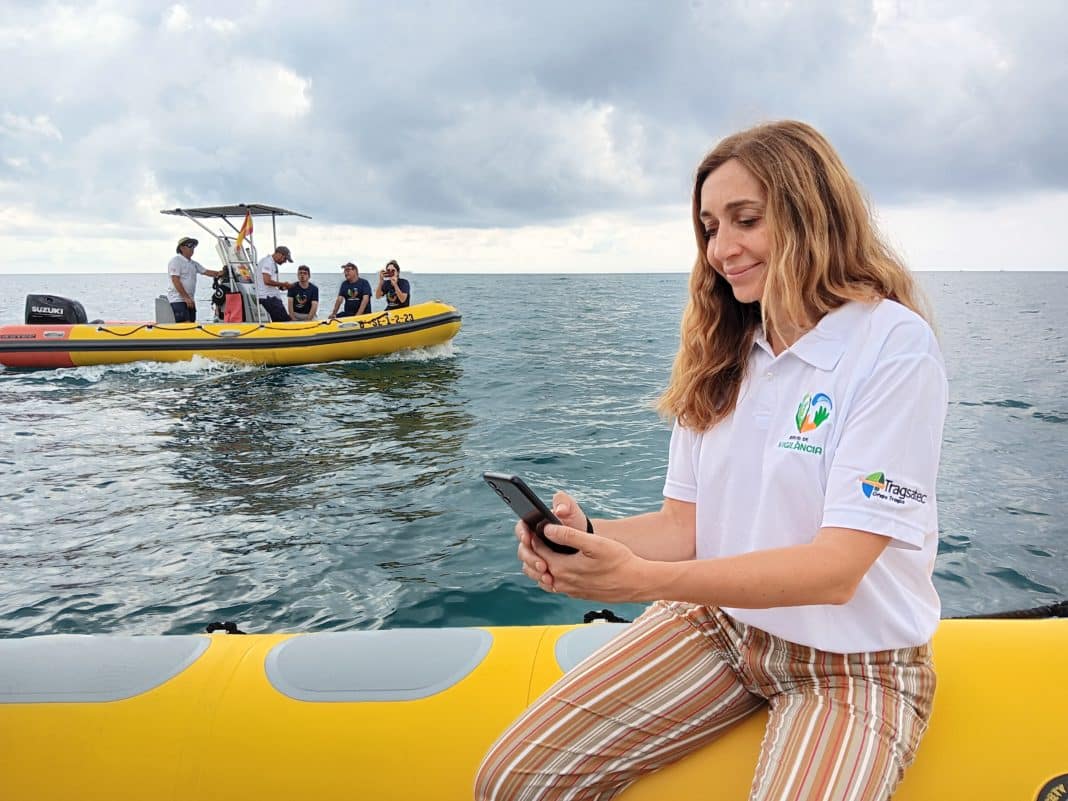Although many people feel the need to complain about the appearance of seaweed in the sea along the Costa Blanca, it is a natural and necessary element which contributes to the aeration of the water, and therefore improves the quality.
In order to protect areas which may be at risk of being disturbed or destroyed by marine traffic, the Ministry of Agriculture, Rural Development, Climate Emergency and Ecological Transition has launched an app to locate marine areas protected by the presence of posidonia.
Available on both Android and iOS, “GVA Fondea” is the name of the application, aimed especially at boat operators, and incorporates updated cartography for the conservation of marine vegetation and biodiversity.
The Minister of Ecological Transition, Isaura Navarro, explained that “we have fulfilled the legislative obligation to draw up an underwater map to be able to locate where the greatest concentrations of these plants of great value to the balance of the Mediterranean. With this cartography we contribute to protect and promote a treasure of biodiversity, which helps to maintain life in the sea”.
The cartography, drawn up by the General Directorate of the Natural Environment, has made it possible to locate 23,589 hectares of oceanic posidonia, of which 5,780 are considered of high value. Also, 755 hectares of Cymodocea nodosa have been located, 89 of them of high value.
The largest areas of meadows are located between Alicante and Santa Pola and the island of Tabarca. This area alone is home to more than 13,500 hectares of posidonia.
All the updated information from the cartography has been incorporated into the GVA Fondea application, which allows the location of these meadows to be geolocated. According to Navarro, “it is a new, accessible and simple tool that facilitates the location of these areas and helps to fulfil the obligation not to damage them, it also collaborates with the preservation of Mediterranean forests”.
The oceanic posidonia is an exclusive plant of the Mediterranean that brings abundant benefits to the marine environment, and which has an important representation in the waters of the Valencian Community. This phanerogam serves as shelter and food for a wide variety of fauna species, at the same time it acts like the forests of the sea, as it oxygenates and filters the coastal waters, and therefore improves the quality and transparency of these waters.
The importance it has for the balance of the Mediterranean Sea has meant that it has been included as a priority habitat in the Habitats Directive of the European Union. In order to help protect it, the Department of Ecological Transition drew up the Decree for the conservation of marine phanerogamous meadows in the Valencian Community.
The rule, approved by the Council in 2022, establishes the need to avoid the regression of this vegetation caused mainly by pollution, trawling, coastal infrastructure works, aggregate extraction and anchoring of boats.
The Decree includes the updating of an underwater map on the location of these plants, to avoid possible damage caused by boats, and as a preliminary step to the prohibition of anchoring boats in areas of high value for this marine vegetation.





